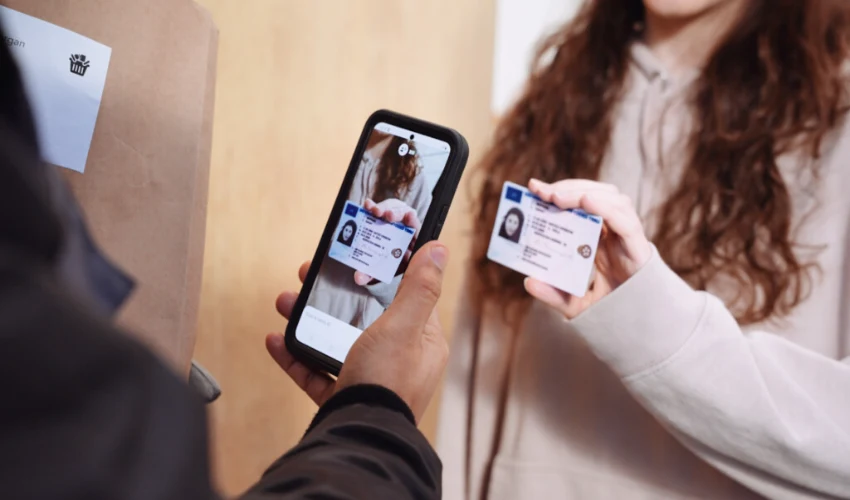Scannable IDs play a crucial role in various industries, from security and access control to identity verification and digital transactions. An effective scannable ID ensures quick authentication, reduces fraud, and enhances user experience. Whether you’re designing an ID for a business, school, or government entity, following best practices is essential. Here are the top nine tips for creating effective scannable IDs.
- Choose the Right Barcode or QR Code Format
Selecting the appropriate code type is the foundation of a Scannable ID. The most common formats include:
- QR Codes – Ideal for embedding URLs, credentials, or contact information.
- Barcodes – Frequently used for inventory management and simple ID tracking.
- RFID/NFC Chips – Suitable for contactless authentication and secure access. Choose the format that best suits your needs and ensures compatibility with scanning devices.
- Maintain High Image Quality
A poorly printed or low-resolution barcode or QR code can make scanning difficult. To prevent errors:
- Use high-resolution images (at least 300 DPI).
- Ensure proper contrast between the code and the background.
- Avoid distortion, blurriness, or misalignment when printing or displaying. This helps scanners easily recognize and decode the information.
- Use Standardized ID Dimensions
Standardized dimensions ensure compatibility with card readers, scanners, and wallets. Common ID sizes include:
- CR80 (3.375 x 2.125 inches) – The standard for driver’s licenses and credit cards.
- Custom Sizes – Used for specific applications like employee badges or event passes. Ensure your ID design follows the industry norms for better usability.
- Ensure Proper Code Placement
Positioning the barcode or QR code correctly enhances scan efficiency. Place it:
- On the back of the ID for security reasons.
- In a clear, unobstructed area to avoid overlapping with text or images.
- At least 0.125 inches from the edges to prevent cutting during printing. This strategic placement improves scanning accuracy.
- Optimize for Mobile and Handheld Scanners
Many IDs are scanned using mobile apps and handheld scanners. To optimize for these:
- Use larger QR codes (at least 1 cm x 1 cm).
- Avoid using glossy finishes that cause glare.
- Test with different scanner models to ensure universal readability. Mobile compatibility is crucial for modern ID verification.
- Implement Data Encryption and Security Measures
Since scannable Idbook often store sensitive data, security is a priority. Consider:
- Encrypting QR codes to prevent unauthorized access.
- Using password-protected or multi-factor authentication (MFA) for RFID-based IDs.
- Implementing expiration dates or dynamic codes for temporary access. Protecting user information is essential to maintain trust and compliance.
- Test Scannability Across Multiple Devices
Before finalizing an ID design, conduct rigorous testing. Verify:
- Scanning success across different lighting conditions.
- Compatibility with multiple scanner types (smartphones, industrial scanners, etc.).
- The ability to read codes quickly and efficiently without repeated attempts. This ensures that IDs work seamlessly across various environments.
- Incorporate Anti-Counterfeiting Features
To prevent forgery and unauthorized duplication, integrate security elements such as:
- Holograms – Adds a layer of authentication.
- Microtext or UV Printing – Visible under specialized scanners.
- Dynamic QR Codes – Changes regularly to prevent duplication. Combining these elements enhances the credibility of scannable IDs.
- Keep ID Design User-Friendly and Readable
While focusing on the scannable elements, don’t compromise the overall design. Ensure that:
- Important text (name, ID number, expiration date) is legible.
- Fonts are clear and large enough for quick reading.
- Colors contrast well with text and scanning elements. A well-designed ID balances aesthetics, security, and functionality.
Final Thoughts
Creating effective scannable IDs requires a combination of technology, security, and user experience. By following these nine tips, you can design IDs that are not only visually appealing but also functional and secure. Whether for business, educational, or governmental use, a well-optimized ID enhances efficiency and trust.
